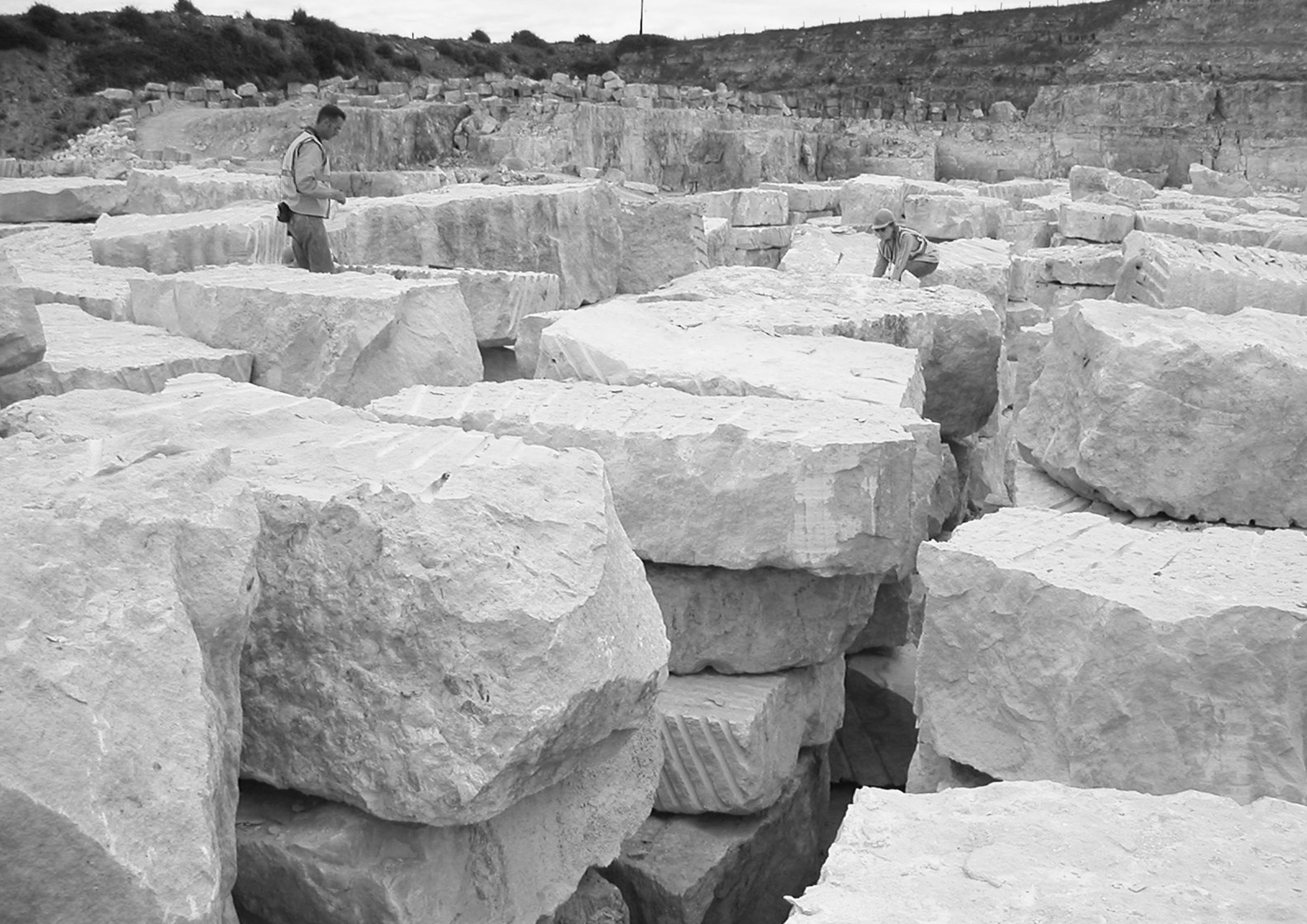Available on:
Free Individual Membership, Trial SOS £29, Premium Individual Membership, Stone, TEAM ACCESS, Full membership for six, Full Membership for two, Full Membership for three, Free Trial, Full Membership for nine, Full Membership for eight, Full Membership for seven, Full Membership for five, Full Membership for four
Oops! It looks like you've reached a restricted area of our website. This content is exclusively available to our valued members.If you're already a member, please log in to access this premium content.Not a member yet? No worries! You can join our community and unlock a world of valuable learning resources. Simply click the 'Join' button to get started.
Get Membership - CertificateCertificate of completion
Hi, Welcome back!

Course Curriculum
How did we get here
- 05:07
The rise and evolution of brick construction
03:16Brick, concrete and carbon
01:27
Social context
Social consequences of specification
05:05Reducing carbon in construction
01:47
The case for stone
Comparing structural materials
04:11The sustainability of stone
04:16The properties of stone
03:13Strength testing
03:13
Building with stone
Stone staircases
05:28Stone in use
03:26Beams and columns
05:28Safety considerations
01:46
Sticks and stones
The architectural language of stone
02:33Stone and timber
03:50
Future systems
The future
06:27
Case studies
13 Clerkenwell Close, London by Groupwork + Amin Taha, and Webb Yates Engineers
Chelsea Barracks, London, by Squire & Partners
Limestone façade at the Library and Study Centre, St John’s College, Oxford by Wright & Wright Architects
00:00Sandstone façade at The Fratry, Carlisle Cathedral, Feilden Fowles Architects
00:00
Frequently asked questions
Frequently asked questions
Faculty
Steve Webb, Director, Webb Yates Engineers
00:52Caroline Hall, Director, Natural Stone Projects
By the end of this module you will be able to understand:
- The historical evolution of traditional building materials
- The considerations influencing the choice of building materials throughout history
- The social consequences of material specification
- The key differences in the production of stone, steel, timber, brick and concrete
- The minimal environmental impact of quarrying
- The characteristics of traditional structural materials and how stone offers a sustainable and flexible alternative
- The properties that make stone a low-carbon, durable and structurally powerful material
- How stone is strength tested
- Innovative stone building techniques including the use of stone columns and beams
- Safety and regulatory considerations pertinent to using stone as a structural material
- The future of stone as a construction material
- How to source and select stone
About this module
This module offers an exploration of the essential characteristics of stone and its potential in reducing carbon in construction. Those enrolled will learn about the characteristics that make stone a low-carbon, durable and structurally powerful material. The course also covers the evolution of the use of traditional building materials, comparing the efficiency of stone, brick, steel, timber and concrete. Participants will gain knowledge of innovative stone building techniques, revealing the transformative potential of stone in shaping sustainable construction practices.
Free
Available on:
Free Individual Membership, Trial SOS £29, Premium Individual Membership, Stone, TEAM ACCESS, Full membership for six, Full Membership for two, Full Membership for three, Free Trial, Full Membership for nine, Full Membership for eight, Full Membership for seven, Full Membership for five, Full Membership for four
Oops! It looks like you've reached a restricted area of our website. This content is exclusively available to our valued members.If you're already a member, please log in to access this premium content.Not a member yet? No worries! You can join our community and unlock a world of valuable learning resources. Simply click the 'Join' button to get started.
Get Membership - CertificateCertificate of completion
Learning partner Webb Yates Engineers
